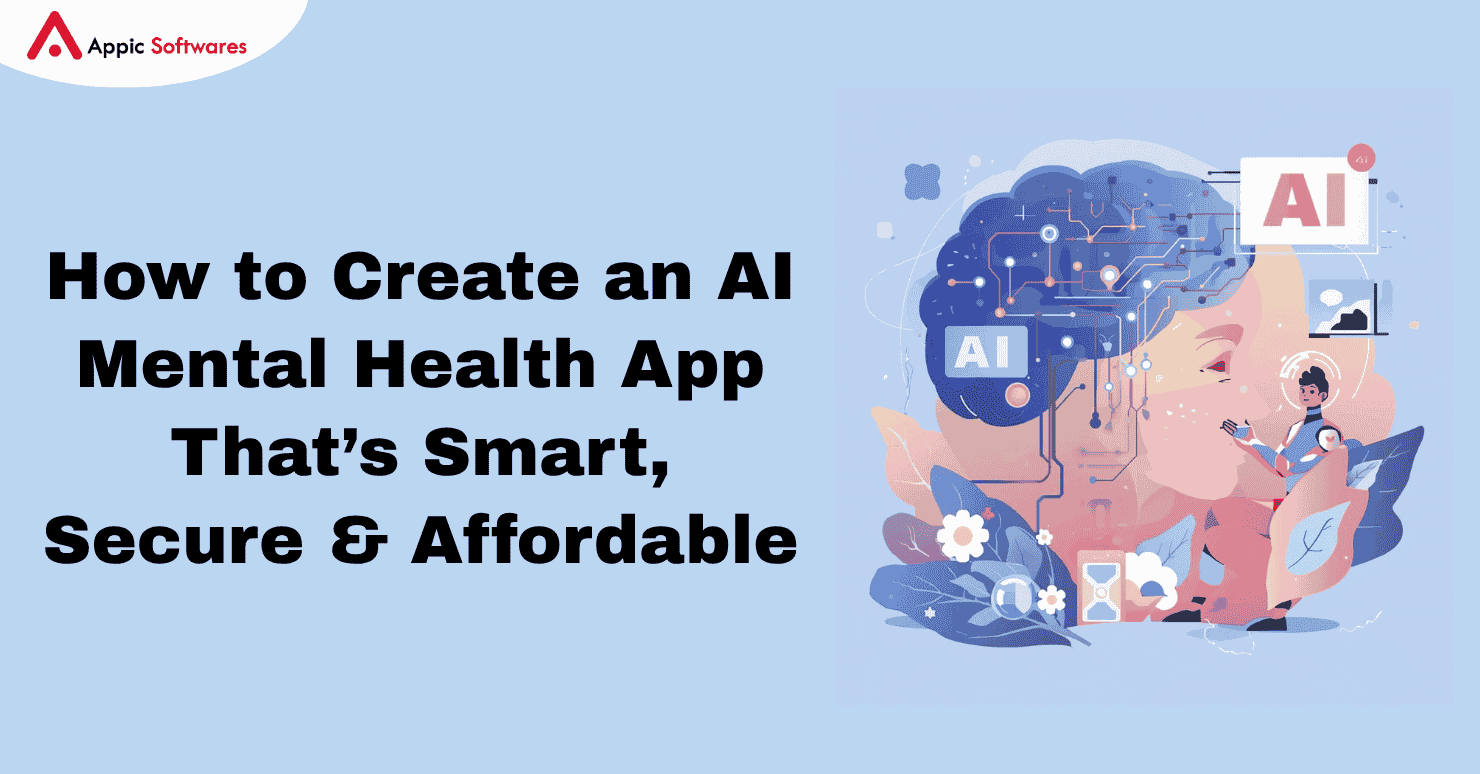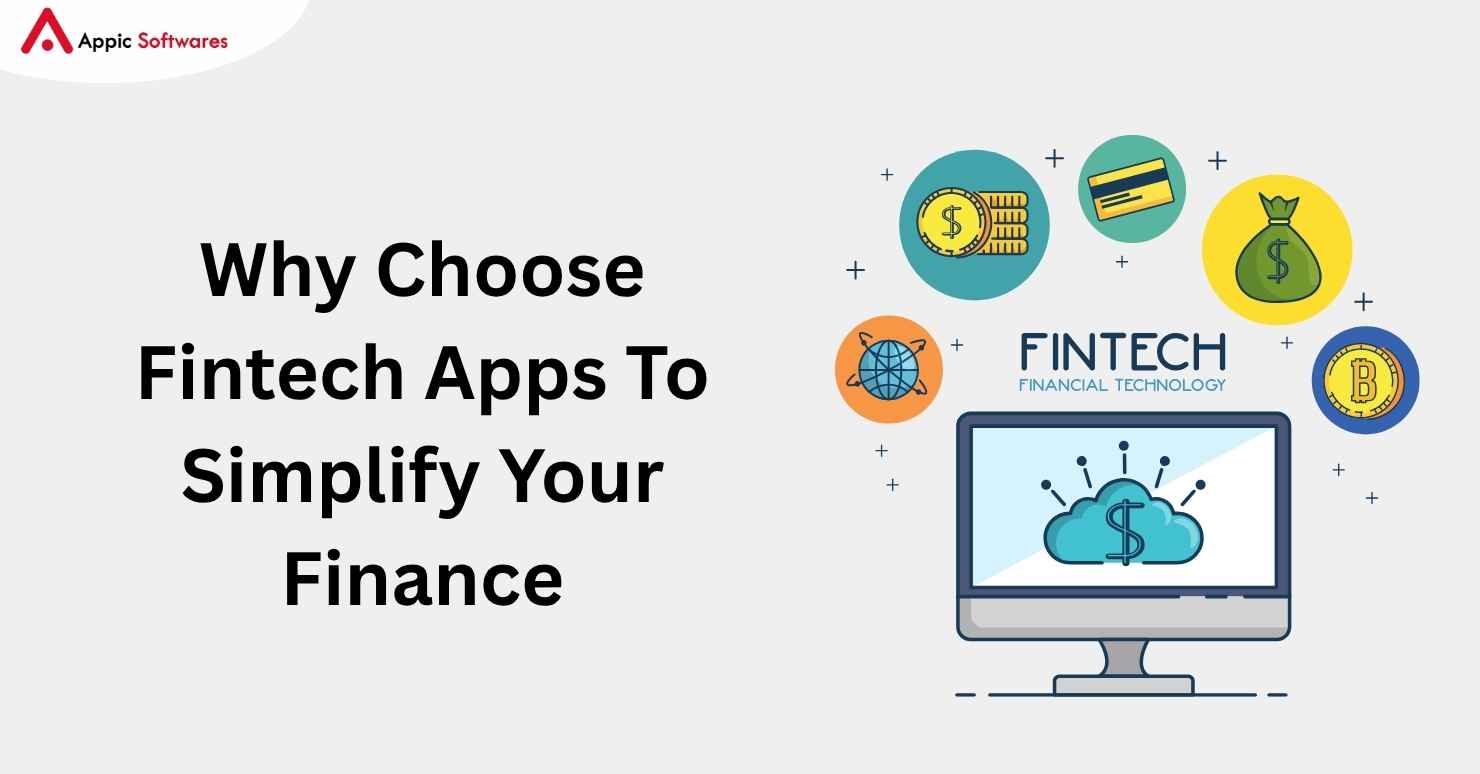
It’s a little nuts when you stop and think about it, right? We’ve got apps that can deliver a burrito to our door in 20 minutes, apps that identify constellations, and apps for literally everything. So why not for the most complex thing we own, our own minds? The good news is, we do, and the whole world of mental health app development is finally getting the attention it deserves. But this isn’t just about slapping a pretty interface on a mood journal. It’s about building a digital safe space in a world that often feels loud.
I’ve been keeping a close eye on this field, and the thing that’s really changing the game is AI in mental health. We’re talking about technology that does more than just remind you to meditate. It learns, adapts, and offers personalized support. That’s why picking the right mental health app developers or the best Healthcare App Development Company isn’t just a business move. It’s about finding a team that actually understands the human-to-tech connection is delicate.
So yeah. Let’s get into what it really takes to build one of these tools from the ground up.
The Core of Mental Health Mobile Applications
Look, creating mental health mobile applications isn’t like building a food delivery app. You can’t just follow a template. The entire foundation has to be built on a bedrock of trust, empathy, and an almost paranoid focus on user privacy. It’s a tightrope walk between innovative tech and raw, human vulnerability. If you get that balance wrong, the whole project is basically worthless before it even launches.
Honestly, if an app designed to help with anxiety just looking at it gives you a panic attack, you’ve failed. Spectacularly.
Key Features in Mindfulness App Development
The absolute soul of mindfulness app development is making features that feel like a helping hand, not another item on a to-do list. I’m talking about things like guided meditation libraries with different voices and themes, mood-tracking journals that can actually spot patterns for you, or super simple breathing exercises you can pull up in seconds during a stressful moment. The name of the game is effortless access. It should feel like a quiet room in a very crowded house.
Cross-Platform Health App Development Essentials
You gotta think about your audience. If you build an amazing app but it only works on iPhones, you’ve just ignored half the people who might need it. This is why cross-platform healthcare mobile app development has become the go-to standard. Using frameworks like React Native or Flutter lets your team build the app once and deploy it on both iOS and Android. It saves a ton of time, a ton of money, and makes sure everyone gets the same experience. It’s a no-brainer.
Design and Development of Mental Health Applications
Okay, let’s get into the nitty-gritty. The Design and development of mental health apps is a journey, and every single step requires extra thought and care. This is where your brilliant idea starts to become a real thing people can hold in their hands.
It almost always kicks off with a “discovery” phase. Think of it as a giant, collaborative brain-dump where you, your partners, and the dev team map out everything. Who is this for? What specific problem are we solving? What are the absolute non-negotiable features for day one? After that, you move into wireframing, designing the look and feel, and then finally, the actual coding. It’s a marathon, for sure.
User Experience and Improving Patient Engagement Through Apps
This might just be the most critical piece of the entire puzzle. Improving patient engagement through apps all boils down to a user experience (UX) that feels intuitive, calm, and completely non-judgmental. The colors can’t be jarring. The buttons have to be easy to find. Notifications need to feel like gentle nudges, not nagging alerts. Every single pixel, every font choice, has to be made with the user’s emotional state in mind.
AI Integration and Data Privacy
And here’s where things get really cool. AI can create a personalized journey that just wasn’t possible a few years ago. Imagine an app that notices you tend to log feelings of stress around 5 PM and proactively suggests a 5-minute wind-down meditation. Or a smart chatbot, built on cognitive-behavioral therapy principles, that can offer a bit of support at 2 AM when no one else is awake.
But, and you knew there was a ‘but’, you cannot even whisper the letters ‘A’ and ‘I’ without talking about privacy. An app handling this kind of sensitive data needs to be an absolute fortress of security and HIPAA compliance. All data needs to be encrypted, stored securely, and anonymized whenever possible. User trust is your only currency here, and once it’s gone, it’s gone forever.
Choosing a Mental Health Software Development Company
Picking a healthcare software development is a huge deal. Please, don’t just go with the lowest bidder. You are looking for a team that lives and breathes healthcare tech.
Ask them for their portfolio. Have they built HIPAA-compliant apps before? Do they get the unique design challenges of this space? Get them on a call. Do they actually listen to your vision, or do they just talk over you? You’re not just hiring people to write code. You’re entrusting your mission to a team that needs to care about it as much as you do.
Conclusion
Let’s be real, building an AI-powered mental health app is a big deal. It’s not just about writing code or setting up servers. It’s about understanding people, emotions, and how technology can actually help someone feel better. The possibilities with AI in mental health are amazing, but they come with a lot of responsibility, too. You have to be careful, ethical, and genuinely thoughtful. Working with the right App Development Service can help bring that balance, turning an idea into something that truly supports people. You’re not just creating an app; you’re building something that could make a real difference in someone’s life. And that’s something worth doing right.
Frequently Asked Questions
What is the role of AI in mental health apps?
Basically, AI is the brain that makes the app feel personal. It can look at your mood logs and suggest helpful articles, power a chatbot that can talk you through a tough moment using CBT techniques, or spot patterns you might not see yourself. It turns a generic app into your app.
How long does it take to build a mental health app?
Again, it depends on how big you’re going. A simple MVP could be ready in 2-3 months. A more complicated app with lots of features will probably take 5-8 months. If it involves training a custom AI model, it could take even longer.
What makes a mental health app successful?
I think it comes down to three things: trust, usability, and results. People have to trust you with their data (security). The app has to be so easy and calming to use that they actually want to open it (usability). And, most importantly, it has to offer tools that genuinely help them feel better (results).
Why is HIPAA compliance so important for these apps?
HIPAA is the big US law that protects sensitive health information. Mental health data is about as sensitive as it gets. So, if your app handles that data, you must follow HIPAA’s strict rules for security and privacy. Breaking these rules means gigantic fines and a total loss of public trust. It’s non-negotiable.








